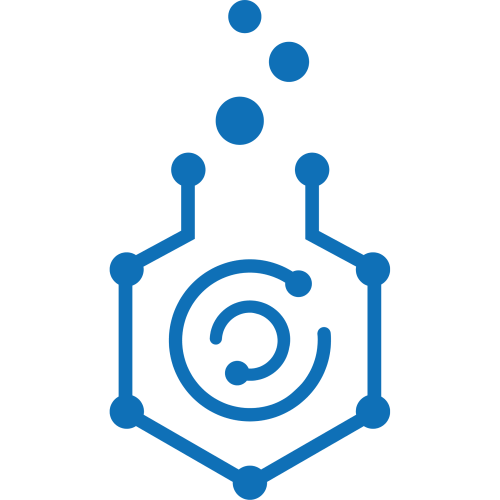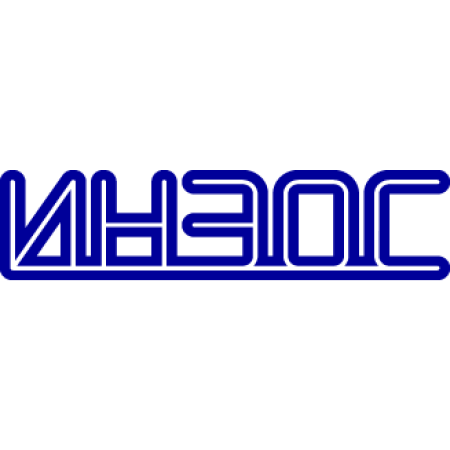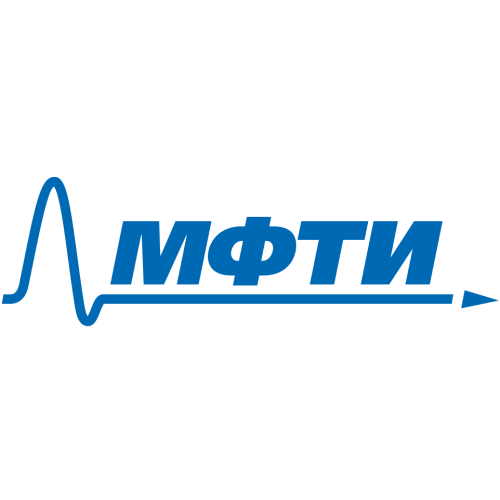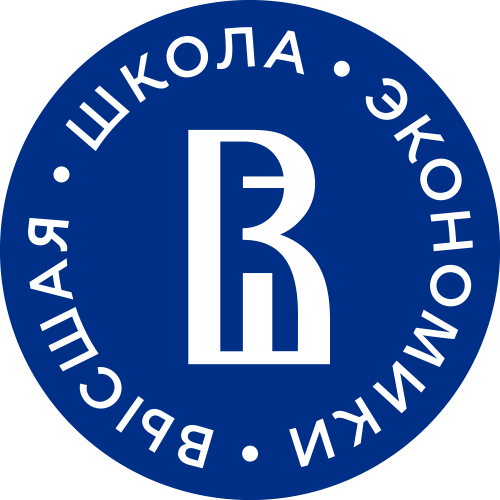Laboratory of Carbohydrates and Biocides named after academician N.K. Kochetkov
Publications
162
Citations
2 704
h-index
28
Authorization required.
The Laboratory of Carbohydrates and Biocides named after Academician N.K. Kochetkov of the IOH RAS works in four main areas: 1) Study of the structure and biosynthesis of bacterial polysaccharides of medically important bacteria in order to create potential highly effective vaccines; 2) Development of glycoinformatics, creation of services for generalizing knowledge and modeling of glycomics objects; 3) Development of new generation biocides with a wide range of antibacterial, antifungal and antiviral effects with low toxicity and cost-effectiveness of production; 4) Stereoselective multicomponent synthesis of piperidine derivatives, including poly-substituted piperidines, tetrahydropyridines and piperidones.
- Organic synthesis
- NMR spectroscopy
- Mass spectrometry
- IR spectroscopy
- High-efficiency liquid chromatography (HPLC)
- Working with bacterial strains
- Measurement of the properties of surfactants (surface tension of solutions, critical concentration of micelle formation, wetting angle, Gibbs free energy, density of solutions, density of solids)
- X-ray diffraction analysis
- Thin-layer chromatography
- Column chromatography
Anatoly Vereshchagin
Head of Laboratory
Yuriy Knirel
Principal researcher
Sof'Ya Senchenkova
Senior Researcher
Andrei Perepelov
Senior Researcher
Evelina Zdorovenko
Senior Researcher
Nikolay Arbatsky
Senior Researcher
Olesya Naumenko
Researcher
Anastasiya Kasimova
Researcher
Andrei Filatov
Researcher

Elena Sigida
Researcher

Kirill Karpenko
Researcher

Anna Karatovskaya
Researcher

Kirill Kazantsev
Researcher
Elena Detusheva
Researcher
Nadezhda Kalinchuk
Researcher
Anna Shpirt
Researcher

Alena Kartseva
Researcher

Taygib Iliyasov
Engineer
Radmir Akchurin
Engineer

Anastasiya Shirkovskaya
Research Engineer
Andrey Vinokurov
Research Engineer
Alexander Tyutin
Student
Research directions
Multicomponent synthesis of piperidine derivatives
+
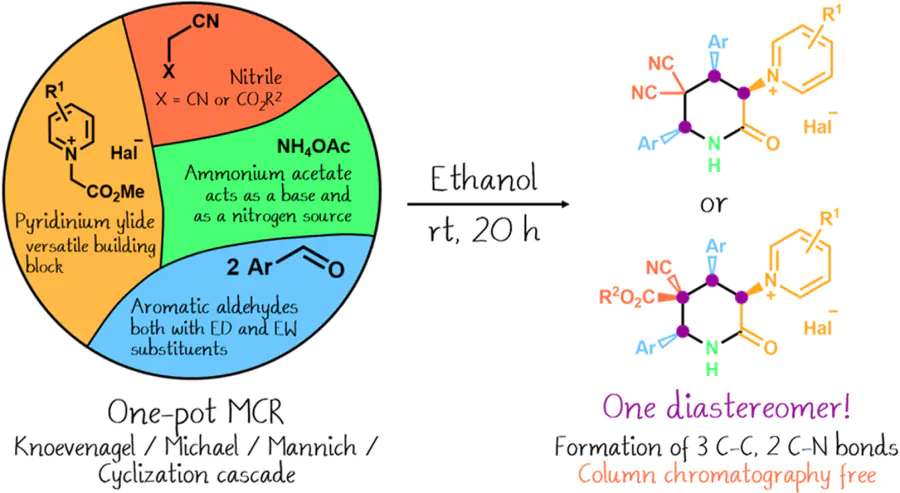
Multicomponent reactions include processes in which three or more components interact with each other to form a target compound containing the majority of atoms of all starting substances. Multicomponent synthesis has a number of significant advantages over traditional two-component reactions: simplicity, accessibility, reduction of the number of synthesis stages, simplification of the product separation process, reduction of solvent consumption and, as a result, environmental friendliness and higher efficiency of the synthetic process. In the present direction, it is proposed to use this approach to obtain piperidine derivatives: poly-substituted piperidines, tetrahydropyridines and piperidones. The piperidine fragment is present in many well-known alkaloids and pharmacological substances. Its derivatives have found their use as painkillers, anesthetics, neuroleptics, antidepressants, antitumor and many other drugs.
Glycoinformatics
+
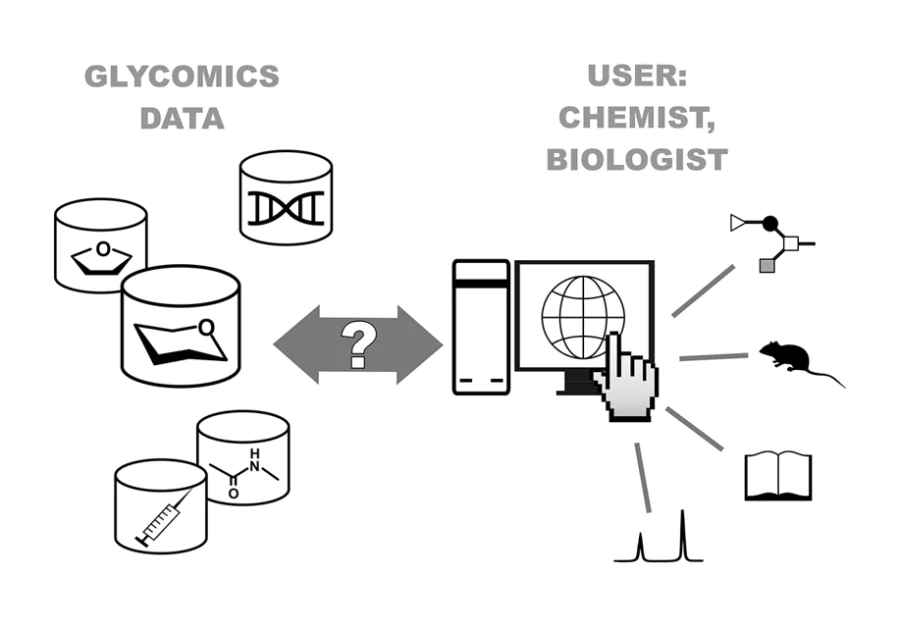
The group works in a new field of knowledge – glycoinformatics, its efforts are aimed at providing the science of carbohydrates with the full power of modern computer technologies, providing scientists with easy access to knowledge, creating services for generalizing knowledge, modeling glycomics objects and predicting their properties, and developing information technologies necessary for this. Among the relevant areas of the group's work: • The glycoinformatics platform, the Carbohydrate Structure Database [http://csdb.glycoscience.ru ], as the basis for web services and a complete regularly updated curated database of natural carbohydrates of prokaryotic, fungal and vegetable origin; • A curated database of glycosyltransferases [http://csdb.glycoscience.ru/gt.html ] the three most studied species of bacteria, plants and fungi; • A concept, a model of chemical shifts, a new approach to spectrum prediction and a service for 1D and 2D NMR simulations of carbohydrates and their derivatives with unprecedented average accuracy of 0.6 (13C) and 0.07 (1H) MD (GODDESS [http://csdb.glycoscience.ru/goddess.html ]); • A model and web service for predicting the primary structure of carbohydrates from unconnected NMR spectra and other easily obtained experimental data (GRASS [http://csdb.glycoscience.ru/grass.html ]); • Database of conformational maps [http://csdb.glycoscience.ru/database/core/search_conf.html ] oligosaccharides, filled on the basis of molecular dynamics, and a service for conformational calculations of carbohydrates; • A service for clustering organisms and taxa based on similarity their glycomes (alternative carbohydrate trees of life [http://csdb.glycoscience.ru/integration/dsmatrix.php ]); • Development of formats for storing, exchanging and presenting data in programs, databases and articles, including the CSDB Linear carbohydrate notation [http://csdb.glycoscience.ru/help/rules.html ] and Symbol Nomenclature for Glycans visualization schemes [https://www.ncbi.nlm.nih.gov/glycans/snfg.html ]; • Numerous editors, converters, statistical analyzers and other related services, including complex types of data search based on a variety of criteria and an online visual editor [http://csdb.glycoscience.ru/snfgedit/snfgedit.html ] carbohydrates with the function of 3D modeling of the structure and export to various formats. More information about the work of the group and the products and services being created can be found at the links: the portal of the Carbohydrate Structure Database (http://csdb.glycoscience.ru ); community "Glycoinformatics" in Contact (http://vk.com/glyco ); publications of the group on the topic of glycoinformatics (http://csdb.glycoscience.ru/help/credits.html#refs ); lecture "Informatization of glycochemistry and glycobiology" (http://toukach.ru/rus/glycoinf.htm ). Contacts of the head of the group: Doctor of Economics, Associate Professor, V.N.S.F.V. Toukach +7 916 1724710 (calls and whatsapp), http://toukach.ru/rus
Development of methods for the synthesis of derivatives of quaternary ammonium compounds as new generation biocides
+
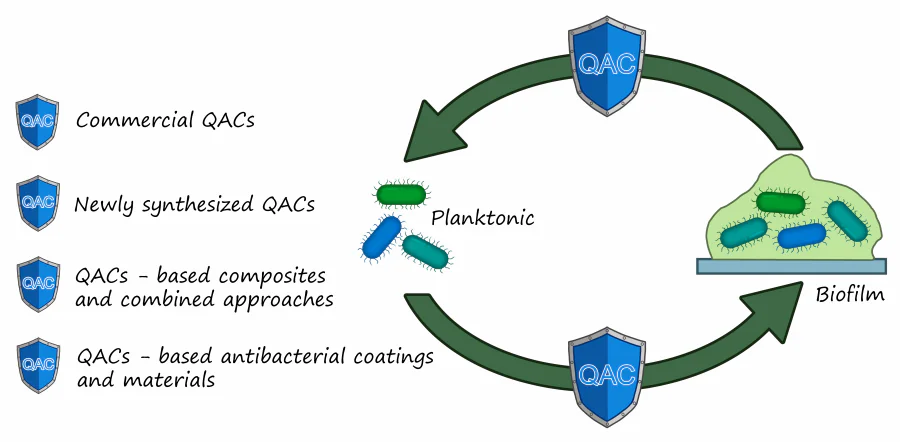
1) Development of new types of biocides: synthesis of new types of biocides, in particular quaternary ammonium compounds (CH), with a wide range of antibacterial, antifungal and antiviral effects with low toxicity and cost-effectiveness of production; 2) Study of structure – biological activity dependencies, directed synthesis of targeted molecules based on the data obtained; 3) Creation of new highly effective antiseptic formulations.
The study of the structure and biosynthesis of bacterial polysaccharides of medically important bacteria in order to create potential highly effective vaccines
+
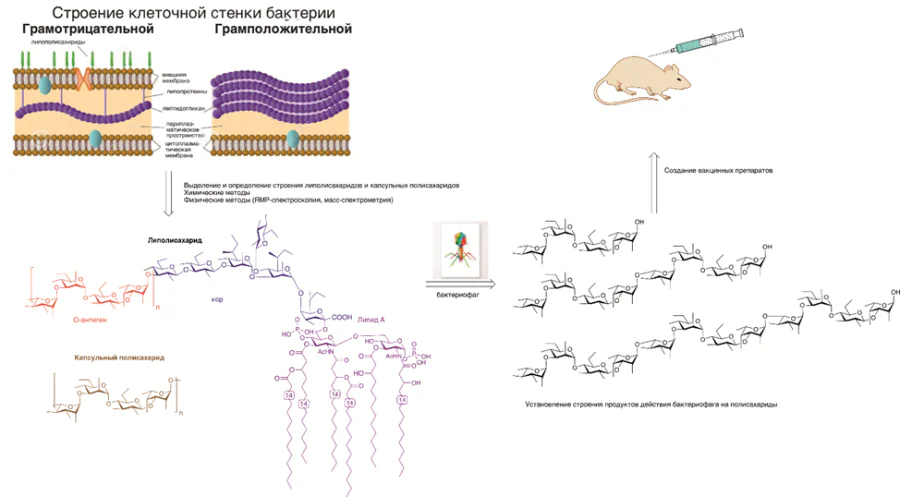
1) Study of the structure, biosynthesis and possibilities of using polysaccharides of the cell wall and capsule of medically important bacteria (Escherichia, Shigella, Yersinia, Enterobacter, Acinetobacter) and phytopathogenic microorganisms (Pseudomonas, Pantoea, Pectobacterium). 2) Study of the mechanisms of cleavage of bacterial polysaccharides by bacteriophage depolymerases – potential antibacterial agents. 3) Synthesis of conjugates based on oligosaccharide fragments of bacterial polysaccharides as potential vaccines. 4) Development of new methods for the structural analysis of complex natural carbohydrates.
Publications and patents
Found
Nothing found, try to update filter.
Анатолий Николаевич Верещагин, Никита Андреевич Фролов
RU2773080C1,
2022
2023
—
2024
| Саверина Евгения Александровна
2021
—
2022
| Тоукач Филипп Владимирович
2019
—
2021
| Перепелов Андрей Вячеславович
2018
—
2020
| Тоукач Филипп Владимирович
2017
—
2020
| Верещагин Анатолий Николаевич
Lab address
Москва, Ленинский проспект, 47
Authorization required.





